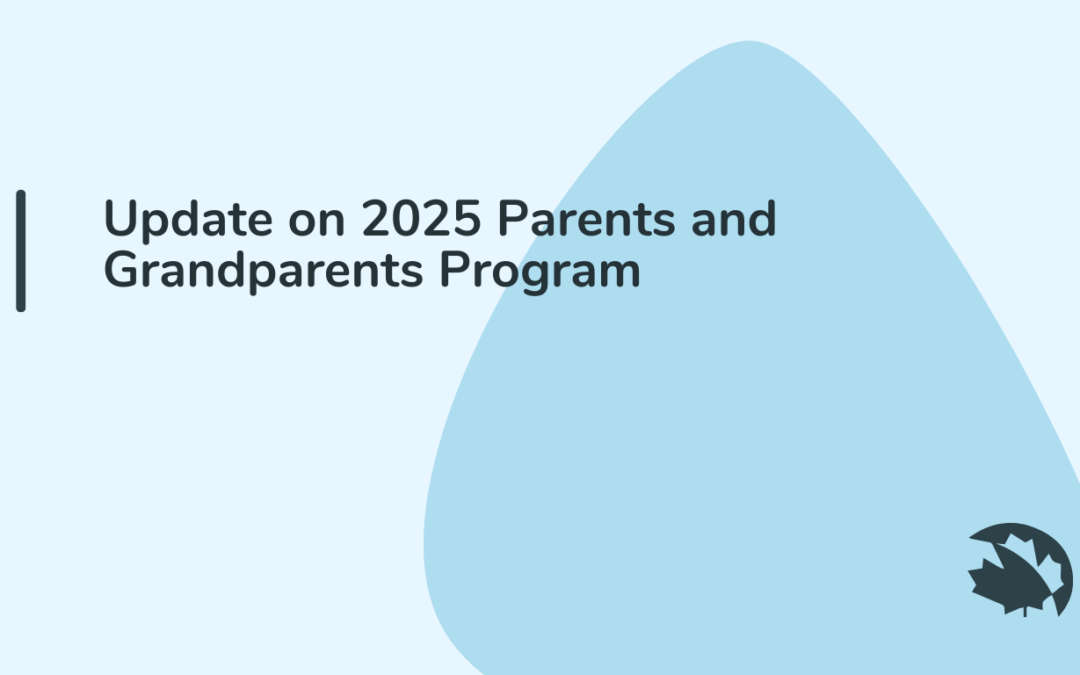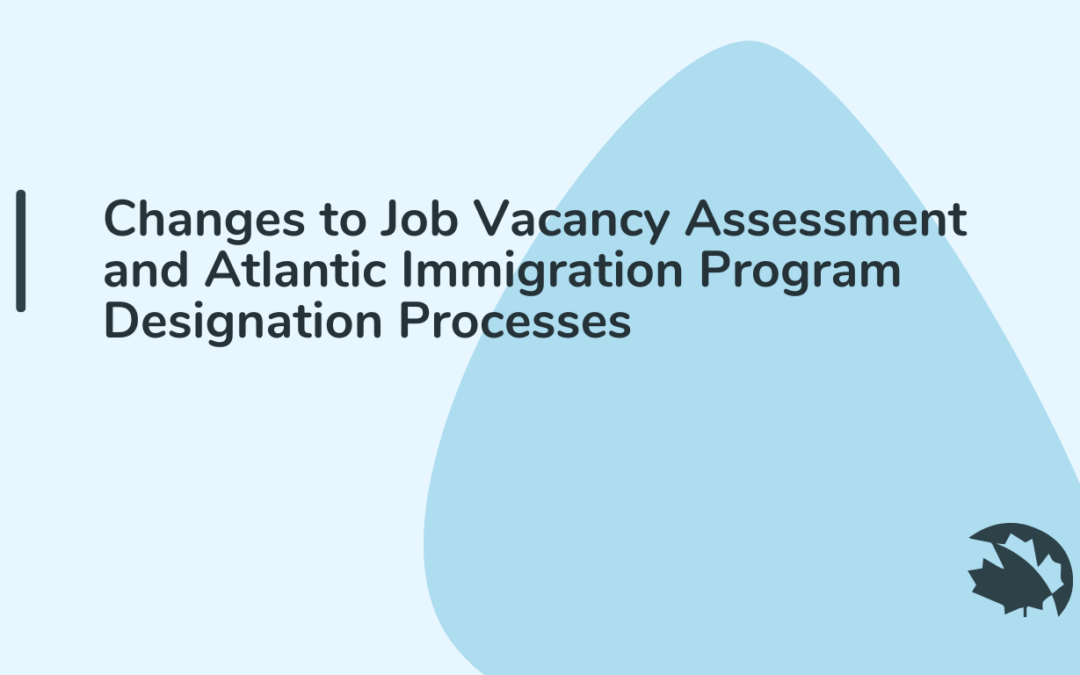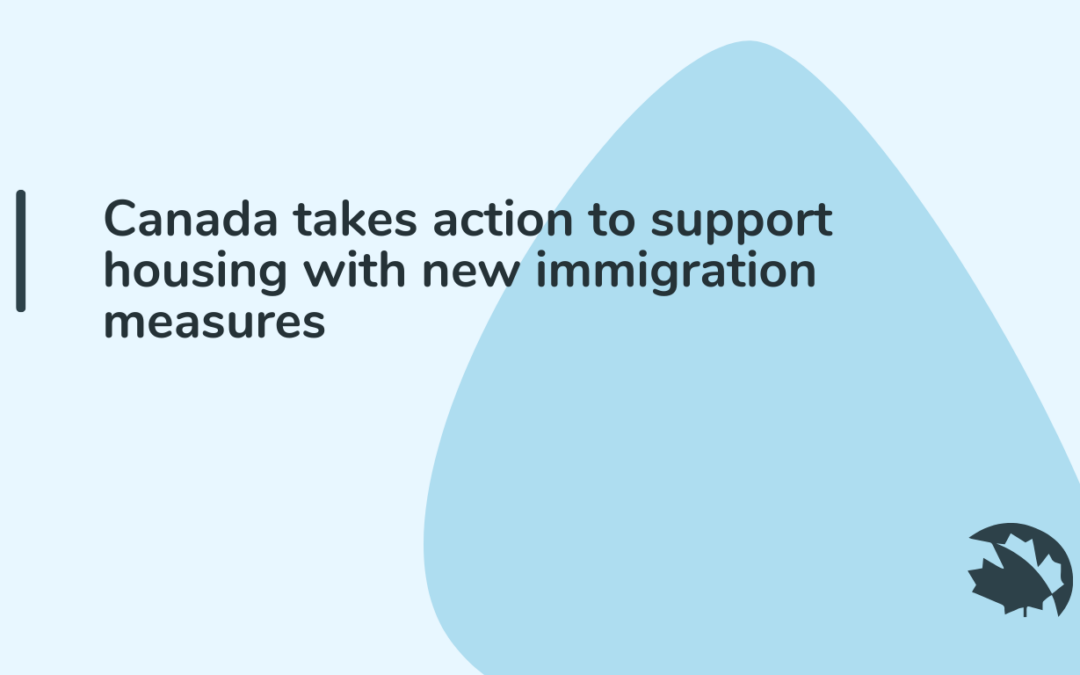Starting February 26, 2025, a new public policy allows apprentices in certain construction trades...
Latest News
Latest News
read more

Update on 2025 Parents and Grandparents Program
Family reunification is an important part of Canada’s immigration system, helping Canadian...

Changes to Job Vacancy Assessment and Atlantic Immigration Program Designation Processes
The Provincial Government has implemented changes to the Job Vacancy Assessment and Atlantic...

Canada takes action to support housing with new immigration measures
Immigration is essential to our country’s economic success and growth. To meet the growing demand...
The Trudeau government is expected to announce a significant reduction in immigration targets for the coming years. This marks a notable shift from previous policies that aimed to increase the number of permanent residents in Canada. Here are the key points:
- New Targets: The government plans to admit 395,000 new permanent residents in 2025, 380,000 in 2026, and 365,000 in 2027. This is a decrease from the 485,000 planned for 2024.
- Temporary Residents: The number of temporary residents will also be reduced by about 30,000, bringing the total to around 300,000 in 2025.
For the first time, the government will set annual targets for temporary residents, aiming to reduce their numbers significantly over the next three years. - Reasons for Change: The decision is influenced by concerns over housing affordability and the pace of population growth. Rising housing prices and increased demand have made this a contentious issue in Canadian politics.
- Political Context: With a federal election due by October 2025, the government is responding to public sentiment that suggests a growing number of Canadians believe the country has too many immigrants.
- Economic Impact: The reduction in immigration targets is expected to impact Canada’s labor market, which has relied on high levels of immigration to address workforce shortages and support economic growth.
This policy shift reflects the government’s attempt to balance economic needs with social and political pressures.
